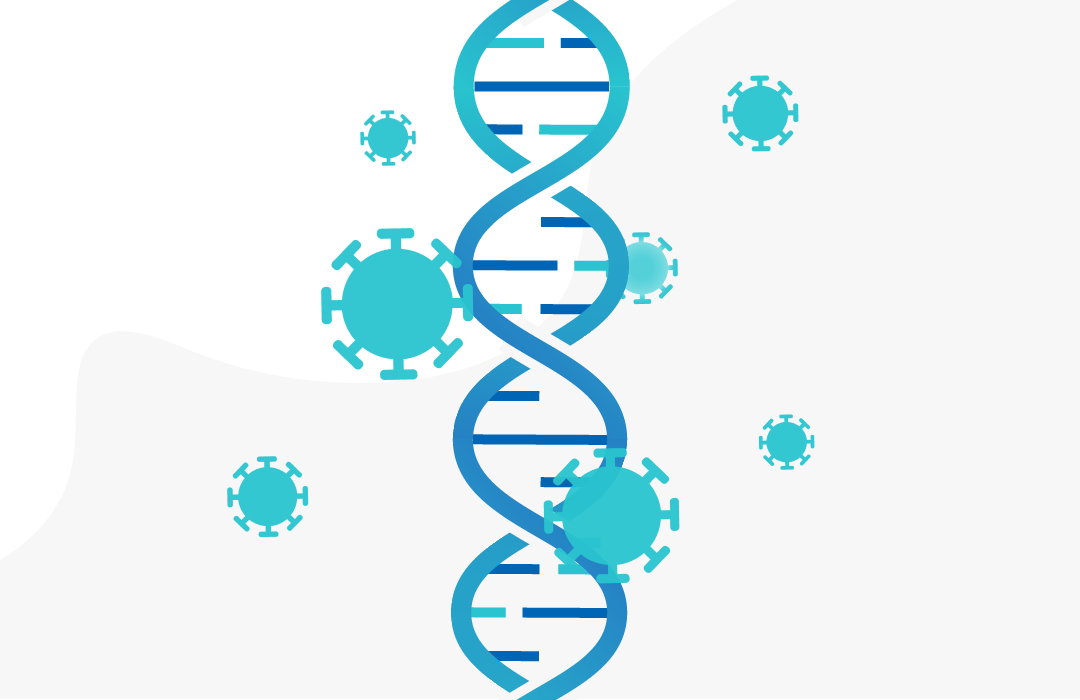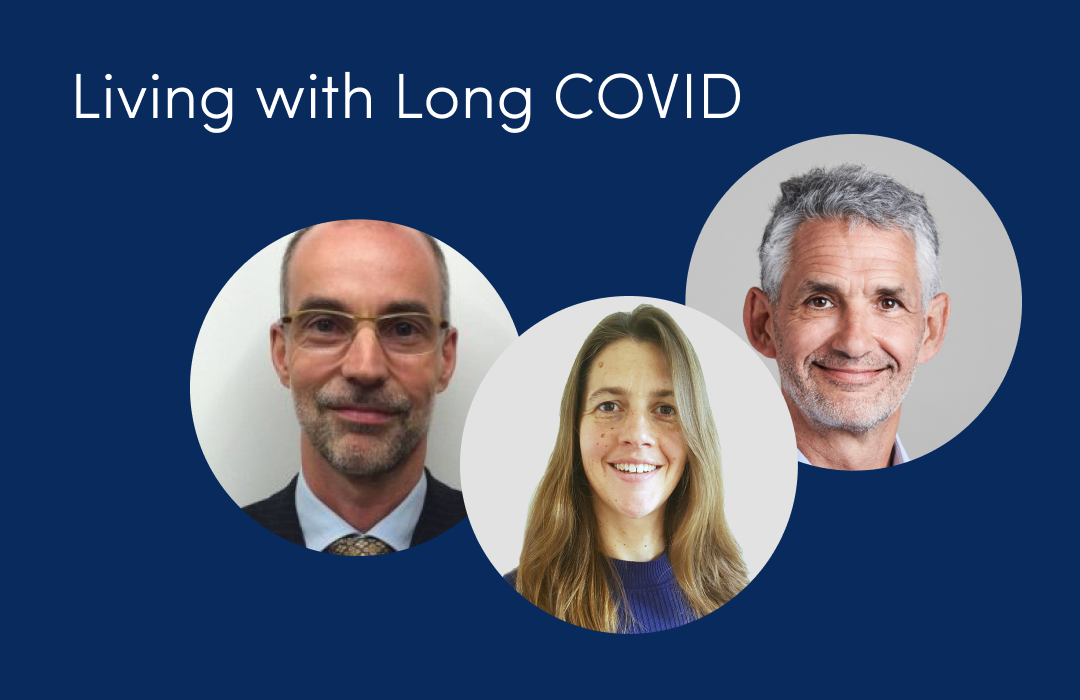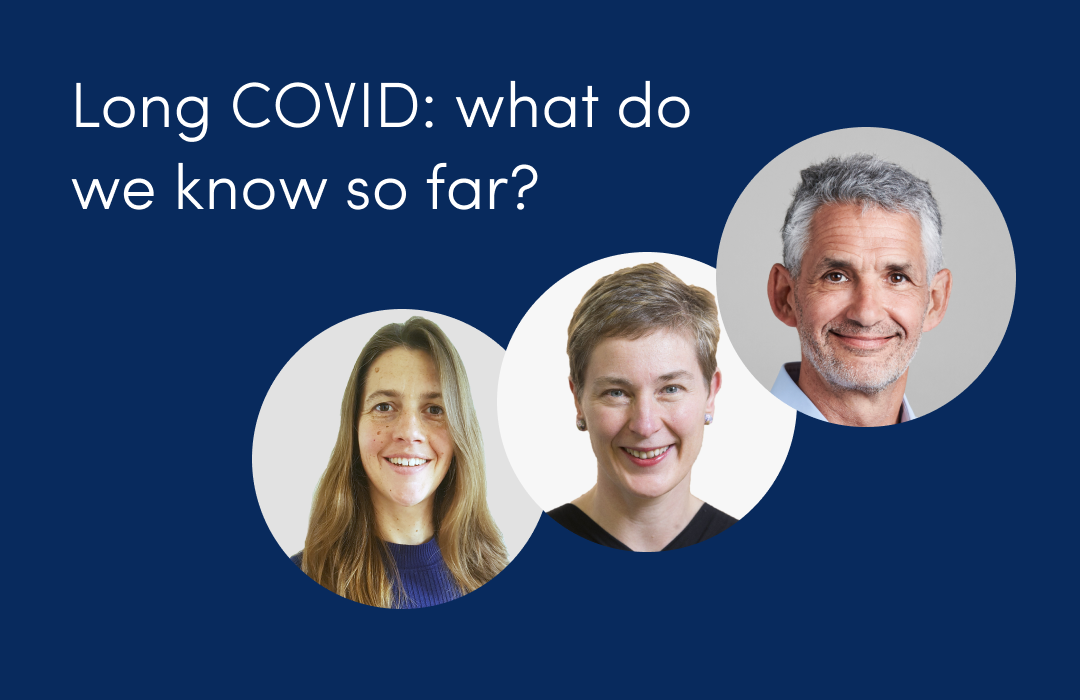
The way we show COVID-19 cases near you is changing
March 5, 2021

This article has not been updated recently
Thanks to the combined impact of lockdown and vaccination, we’re finally getting over the winter wave of COVID-19.
Our data suggests that the number of predicted new coronavirus infections in the UK is now down to around the same level as at the end of September 2020.
This good news means that we are making some changes to the way that we show the number of predicted COVID-19 cases in your local area in the ZOE COVID Symptom Study app.
Here’s what’s changing and why.
Lower numbers mean more noise
If you’re a ZOE COVID Symptom Study contributor, you’ve been able to see the number of daily predicted COVID-19 cases in your local area in the app.
Some people may have noticed that their local numbers are jumping around a lot from day to day, causing confusion about what’s going on and concern about the accuracy of the data.
These numbers are based on real-time symptom reports provided by contributors in your area, as well as testing data, which we scale up (extrapolate) to give a predicted number of cases in each local authority area.
However, while we have more than a million active contributors across the whole of the UK, they’re not evenly distributed.
This means that for areas where we only have a relatively small number of contributors and where COVID-19 rates are low, we’re having to extrapolate from a small amount of data.
Just a handful of new cases in a small number of contributors could lead to what looks like a big jump when we scale up to the whole local authority area.
We’re switching from daily cases to a 14-day rolling average
Until now, we’ve been calculating and reporting all our local COVID-19 predictions on a daily basis.
Going forward, we’ll be reporting the predicted case numbers in each local authority area averaged over the past 14 days, rather than standalone daily figures.
When you next log into the ZOE COVID Symptom Study app, you should see a smoother, less ‘noisy’ trend.
This graph shows the difference between the two types of reporting, with the daily predictions in orange and the 14-day rolling average trendline in blue.

You’ll still be getting the most up-to-date near real-time reporting on COVID-19 cases in your area, but it will be a better reflection of the overall direction of change rather than day-to-day fluctuations.
We may need to make further adjustments in the future to make sure our local predictions stay statistically robust as COVID-19 cases continue to fall across the UK.
One likely change is that we will increase the size of reporting areas from local authorities up to county or even regional levels once the rates of COVID-19 are low enough.
You can help to make our data as accurate as possible
The more people we have contributing to the ZOE COVID Symptom Study, the more certain we can be that our data reflects the changing situation across the different regions of the UK as the current wave starts to wane.
Whether you feel well or are experiencing any symptoms that could be COVID-19, your daily health reports are helping us build the most accurate picture of infection across the population.
It’s also important that you log your COVID jab, and keep reporting your health afterwards, so we can monitor the after effects and impact of vaccination.
To help improve the data in your area, please share the app with family, friends and neighbours. And if you’re a parent with school-age kids, you can ask their headteacher to sign up to our School Communities programme to help keep children and staff safe as schools reopen.
Stay safe and keep logging.












.png)


.jpg)














.png)







%202.png)
.png)


















.png)






